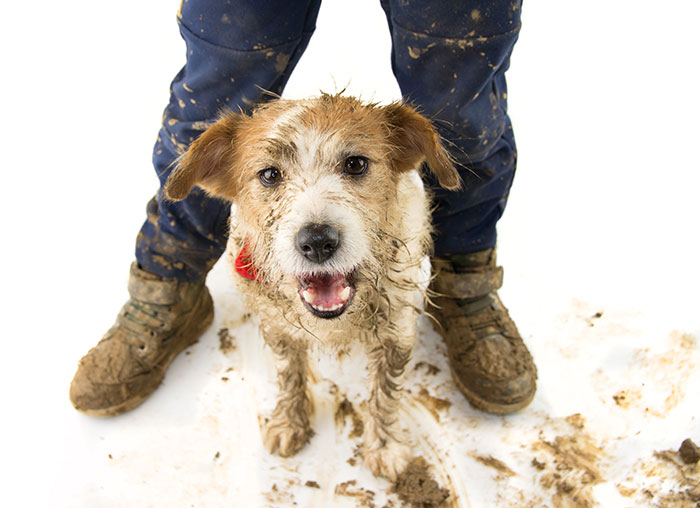How to Save Money on Carpet Cleaning
Last updated May 2024

Along with high-quality work, pay close attention to what services cost. Some companies push unneeded services. And prices for identical services can vary from company to company by more than 100 percent. Add-ons can turn a low price into a high one. And be wary of companies advertising extremely low per-room or per-rug prices; that’s often a bait-and-switch tactic.
Our Ratings Tables report pricing details gathered by our undercover shoppers for carpet and rug cleaning. Using the prices we collected, we calculated price comparison scores for each type of work, showing how each company’s prices compared to the average company’s prices. Price comparison scores are adjusted so that the average score is $100; a score of $90, for instance, means that the company’s prices were 10 percent below average.
If you click on companies names’ in our Ratings Tables you will find the prices quoted by companies to our undercover shoppers to clean in several specific rooms: a combination of living room, dining room, and hall totaling 330 square feet plus another room measuring 130 square feet (460 square feet total).
Carpet in bad condition might mean you get quoted different prices than we did. Several other factors determine what you’ll pay:
- Extent of soiling—Many companies charge more for badly soiled carpets.
- Cleaning method—Companies that offer more than one method may charge different amounts for each.
- Type of carpet—Some companies charge extra to clean very-light-colored carpet, while some charge less for commercial-grade carpet. Wool, more prone to warping, shrinking, and other problems, can be pricier to clean than other materials.
- Steps—Some companies that charge generally low prices for most work charge high prices for cleaning carpeted steps.
- Furniture moving—The prices on our Ratings Tables assume that a typical amount of furniture will have to be moved. Many companies offer small discounts to customers who move their furniture themselves.
- By room or by square foot—Some companies charge per square foot, others by room. Some quote both ways, so you might save by taking the per-room price if your rooms are large, and opt for the per-square-foot price if your rooms are small. Note that misunderstandings often arise when companies advertise charges by the “area.” If the meaning of the word “room” can be murky, what constitutes an “area” is even less clear. Some companies count L-shaped rooms as two rooms.
- Add-on carpet protector applications—For an extra fee, companies will apply carpet protectors, which coat fibers to repel oil and dirt particles. This makes vacuuming more effective and spills easier to wipe up, plus it reduces times between pro cleanings. Almost all new carpets come with mill-applied protector, but you eventually may need to reapply in high-traffic zones.
- Make it smell better—Applied after cleaning, a sanitizing or deodorizing treatment can zap odors from mildew, bacteria, and other microbes. The cleaning removes microbes, while sanitizing keeps them from multiplying; deodorizers mask smells from nonorganic sources, such as incense or cigarette smoke. Sanitizing can sometimes be achieved only with intense—and carpet damaging—deep cleaning. And deodorizers, which remain behind post-cleaning, may attract more dirt later.


